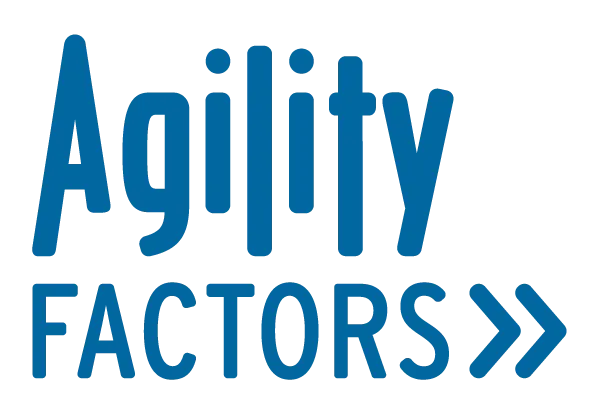
Demystifying OKRs
Are you looking for a goal-setting strategy that will passionately engage your workforce to achieve your organization’s goals? Or, have you heard the term ‘OKR’ and are eager to understand its relevance in the modern business landscape? In either case, you’re in the right place. In this 5-part series, we will demystify Objectives and Key Results (OKRs), a transformative goal-setting framework that can revolutionize your business operations and boost employee engagement. We’ll also share why it might be better for you to switch from measuring the progress of goals using KPIs to OKRs. So, let’s dive right in.
OKRs brief history
In 1954, Peter Drucker invented Management by Objectives (MBO), the genesis of OKRs. Andrew Grove further developed the MBO framework when he joined Intel in 1968. When John Doerr joined Intel in 1974, he learned to use OKRs. Later, John joined Kleiner Perkins Caufield & Byers, one of the first major investors in Google. In that role, John became an adviser to Google and introduced OKRs to Google’s founders, Larry Page and Sergey Brin. Google adopted OKRs in the early stages and uses them today. OKRs have been slowly growing in popularity. Today, OKRs are used by organizations all over the world.
What are OKRs?
OKRs are a goal-setting system that provides a clear, structured way to define and track objectives and their outcomes. Objectives are inspirational and directional statements indicating where an organization wants to go. Key Results, on the other hand, are measurable and verifiable indicators of how an organization will achieve its objectives. OKRs are not just for the cool kids in technology companies. They are designed to align organizational, team, and individual objectives to measurable results in any organization, ensuring everyone is moving in the same direction.
Benefits of OKRs
One of the standout benefits of OKRs is their ability to promote transparency and foster alignment across all levels of an organization. Unlike traditional performance measurement tools such as KPIs, OKRs provide a holistic view of the company’s goals and progress. They enable employees to clearly see how their work contributes to larger company objectives, boosting engagement and motivation. Additionally, OKRs are flexible, allowing adaptability to evolving business needs and fostering an agile, responsive goal-setting framework.
How to Design Compelling OKRs
Formulating effective OKRs requires some thought and finesse. Start with Objectives. Objectives should be inspiring and challenging. They should ignite a spark that challenges your team to scale heights they’ve never imagined. to stimulate progress and drive innovation. Key Results should be specific, measurable, achievable, relevant, and time-bound (SMART) to provide a clear pathway to the Objective. For example, an Objective could be “Become the leading provider of eco-friendly home appliances in the region,” with Key Results like “Increase sales by 25% in Q3” or “Expand product range to include 5 new eco-friendly appliances by Q4.”
Implementing OKRs in Your Organization
Successfully implementing OKRs requires strategic foresight, clear and transparent communication, and engagement from all stakeholders. Start by clarifying the purpose and benefits of OKRs to your team. Involve everyone in crafting OKRs to ensure alignment with your company vision and cultivate a sense of ownership. Once they are defined and the team is progressing towards desired outcomes, it’s crucial to review and adjust OKRs regularly, promoting a feedback-rich culture. Companies that utilize OKR’s often review and potentially adjust OKR’s quarterly.
Implementing a new process like OKR’s can pose challenges and resistance like any change, but these can be mitigated with ongoing education and support.
Success Case Study
Consider the case of Google, which has used OKRs since its early days. Google’s objective was to “organize the world’s information and make it universally accessible and useful.” One of their key results was to “index one billion web pages.” This ambitious OKR set the direction for the company and was clear, measurable, and had a significant impact when achieved. The OKR framework has been a cornerstone of Google’s success, demonstrating its potential to drive progress and spur innovation.
Now It’s Your Turn
Now, let’s bring this to life with your own example. Take a moment to think about an Objective for your organization or one of your teams. Start with one Objective you would like to achieve in the next quarter? Write it down. Next, identify three Key Results that would indicate you’ve reached this Objective. Remember, the Key Results should be specific, measurable, achievable, relevant, and time-bound (SMART) to provide a clear pathway to the Objective. In conclusion, the OKR framework is more than a trendy buzzword; it’s a powerful tool to transform your business’s goal-setting strategy. By aligning and connecting everyone’s efforts, it paves the way for higher achievement, innovation, and engagement. Start your journey with OKRs today and unlock the potential for extraordinary growth and success in your organization.
For more help implementing OKR’s in your organization, read the remaining articles in this 5-part series or contact us for assistance.

